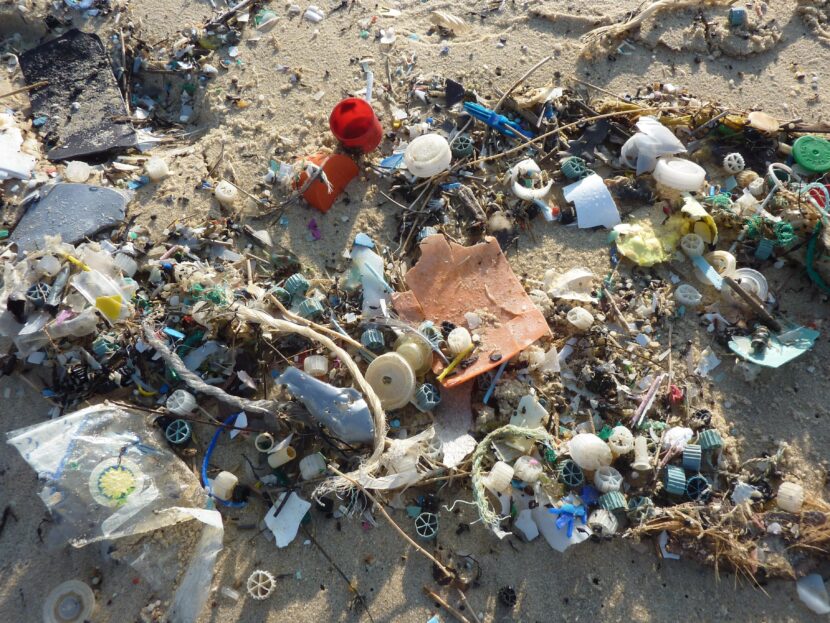Guest blog post by Rose Iannuzzi, Inland Ocean Coalition intern and a ‘22 at Dartmouth College majoring in Environmental Engineering.
Picture your favorite place in nature. Be it your favorite mountain to hike, the most beautiful beach you’ve ever seen, or your own garden you’ve carefully tended to over the years. Really put yourself there: soak in the sun, feel the wind, hear the birds. Stunning, isn’t it? Now picture that exact place 100 years from now. Then 200. Is it as beautiful as the first image you conjured? Or does your brain automatically distort the sight? Perhaps it’s dimmer from the smog. Maybe you imagine plastic bags blowing around, or litter strewn across the ground. The air doesn’t feel as fresh as it used to. Do you even hear the birds anymore?
The future we’re heading towards may look as gloomy as that second image, but if we act now, we can preserve our beautiful planet, and your favorite place, for many generations to come. The Break Free From Plastic Pollution Act can help light the way.
A (Plastic) Snake in the Grass
Before we dive into all the amazing work the Break Free From Plastic Pollution Act will do, let’s set the record straight: though they are quick, cheap, lightweight, and seemingly recyclable, single-use plastics are not our friend. In order to produce plastic, oil and fracked natural gas must be extracted, transported, and refined, releasing exorbitant amounts of pollution and toxic chemicals. Those feeling the health impacts of these processes – from cardiovascular and respiratory disease to childhood leukemia – are more often than not living in marginalized and low-income communities. A 2020 study analyzed fracking wells in four states (Colorado, Oklahoma, Pennsylvania, and Texas), and found that marginalized groups –particularly African Americans – disproportionately live near fracking sites.
After a single-use piece of plastic’s average 12 minutes of use (during which its user likely consumed toxic chemicals and/or microplastics if the plastic was holding food or liquid), the product continues to do harm, no matter what path it takes. It is estimated that 32% of the world’s plastic enters the environment, 40% makes it to a landfill, and 14% is incinerated, all three of which come with a myriad of environmental and health hazards. Plus, the US exports 225 shipping containers of plastic waste daily to countries that hardly have the capacity to dispose of this waste, much less in an environmentally-friendly manner. While only 14% of plastic packaging is recycled, 85% of it is downcycled into a less useful product, and is frequently only recycled once before ending up down one of the original three paths. The issues discussed here are merely the tip of the iceberg (although, those are melting, so maybe the phrase will become “just one piece of plastic from the Great Pacific Garbage Patch,” which is three times the size of France). To learn more about how plastic threatens us, check out The Story of Plastic. To learn more about what we can do about it, keep reading.
A Plastic-Free Planet
Our only hope is to achieve a future free from plastic. This can only occur through systemic change across the entire plastics value chain, emphasizing prevention rather than a cure. The Break Free From Plastic Pollution Act brings these goals to Congress’ doorstep. Reintroduced in March 2021, the bill aims to phase out single-use plastics and plastic production in general, demand accountability from the plastic industry, and put a hold on the construction of any new plastic production sites until the EPA updates its regulations. The bill also calls for a national beverage container refund program to encourage recycling, minimum recycled content standards, and an end to our nasty habit of shipping our own plastic waste to developing countries.
The bill emphasizes a major systemic change in the plastic pollution lifecycle by shifting the financial responsibility of plastic waste management away from local governments and individuals to the main culprit: producers. Finally, legislators like Congressman Lowenthal, one of the sponsors of the bill, are ready to demand that these multi billion-dollar corporations fork over the money required to clean up their mess. Taxpayers are done footing their bill. The producers are required to design, manage, and finance waste and recycling programs in a manner that prevents product and packaging from entering animal or human food chains or waterways. This shift will save municipal governments billions of dollars and create reuse and refill systems that provide over 200 times as many jobs as landfills or incinerators, with higher wages and more stability.
These changes would necessitate producers to redesign their products to minimize their impacts from cradle to grave by eliminating toxic substances, reducing use of mixed-materials, and minimizing packaging. Producers also need to include easily understandable labeling for disposal: recyclable, not recyclable, compostable, or reusable. No more confusing symbols or inaccuracies burdening our recycling centers!
The bill goes far beyond simply demanding extended producer responsibility, though that is an extremely important first step. The Break Free From Plastic Pollution Act represents the most extensive set of plastic pollution solutions ever presented to Congress, and we need your help ensuring these words turn to actions.
To learn more about the bill and the strategies it introduces, view a section by section summary of the most recent version here.
Use these resources to contact your representatives, message Congress, and sign the letter of support. Using your voice is one of the easiest ways to help preserve our planet, so make sure you’re heard! Together, we can sustain your favorite place for you and generations to come.

